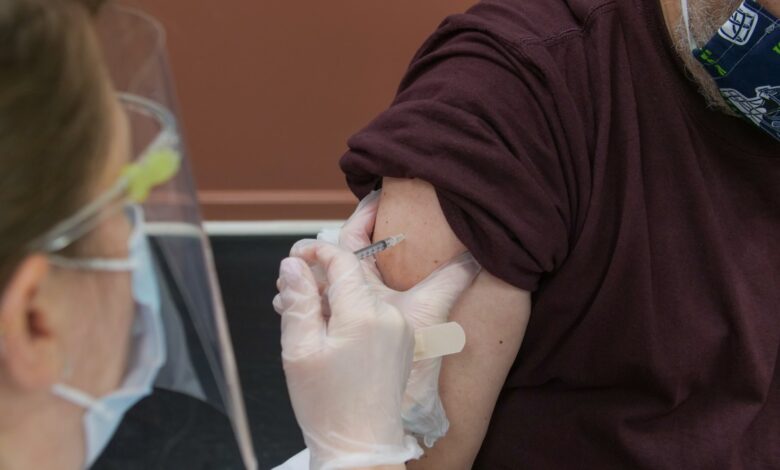5 Ways Hospitals Should Handle Covid-19 Cases

2 years since it started, the Covid-19 pandemic is far from over. The cases of Covid-19 patients are yet to neutralize because of various reasons. One of the most pressing reasons is the lack of preparedness among hospitals. This becomes an even bigger problem when this issue is the same for the health sector in general terms.
Hospitals and medical centers are at the forefront of the battle with the Covid-19 pandemic. The expectations and hope of the people are mainly focused on the health sector because of this. With this in mind, there has been a rising call to improve the state of the health industry in many countries.
One way to show development in the health sector is to make sure that hospitals are prepared and ready to take on Covid-19 cases. With preparedness, hospitals will be able to care for and accommodate patients better. This is what makes an effective health care system. At the end of the day, the lives of the people are at stake. So, it is important to take things involving the health system seriously and deliberately.
How should hospitals handle Covid-19 cases? Here are some ideas:
Monitor Bed Capacity
Most hospitals are encouraged to outline a bed capacity plan that’ll allow the hospital to free up at least 30% of its beds. This is to prepare for an influx of patients and care for critically ill patients who may need advanced care. Hospitals without major critical care capacity can prepare to receive non-critical patients. These are those who would otherwise be treated at hospitals with more critical care capacity.
Form a Team for Covid-19
Hospitals resource an infection prevention team. This team is designed to focus on the protection of healthcare workers and other patients from coronavirus infection. On top of that, the team should create backup plans in case personal protection supplies run short, and focus on investigating exposures and spread within the hospital.
Maintain and Prepare Workforce
To main the hospital workforce, hospitals are recommended to provide in-home childcare using screened volunteers. If schools are closed, they can provide medical daycare for ill family members. Additionally, augmenting staff with medical professionals who have previous clinical experience is helpful. Related health professionals such as dentists and veterinarians, and nonclinical hospital personnel, and outside help are also considered.
Protect Heath Personnel
To limit the total number of personnel engaged in patient care, some hospitals institute overtime and extended hours with appropriate compensation strategies. Clear exposure criteria with detailed plans outlining the management of personnel in regard to work restrictions or other quarantine requirements must be developed.
Hospitals must also safeguard their own by keeping logs of staff who care for patients and monitoring them for signs or symptoms of infection. Finally, even if the care of patients with COVID-19 will be provided by a subset of providers, it is important not to lose sight of the needs of their family members and other staff. Support is important to the morale and well-being of the workforce.
Allocate Resources Appropriately
During crises, health care resources should be allocated in an ethical, rational, and structured way to do the greatest good for the greatest number of patients. Hospitals and health systems must set aside a “business as usual” mentality and focus on how best to accommodate the patients likely to benefit the most from care.
Key Takeaway
Hospital preparedness for admission and management of COVID-19 patients is essential. A checklist for the assessment of hospital preparedness for COVID-19 patient management is important. The way this is designed and developed dictates the capacity of hospitals to handle Covid-19 cases. Ultimately, this should address the protection of not only the patients but the health workers too.




